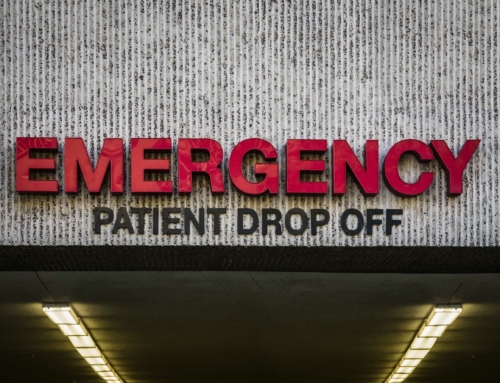An Insider’s View: Fighting Fraud and Abuse and Protecting Patients
People fighting fraud and abuse in the medical reimbursement system have a tough job. It is like an iceberg, where what appears to be a small and harmless chunk of ice, hides a mammoth problem just below the surface.
Finding these problems makes me feel like I am doing a part in helping our client and saves anxiety and outgoing funds for the patient. One example of such an anomaly would be when a facility charges a ventilated patient for the use of the ventilator. The ventilator is kept in the respiratory department and is rented by the hospital from the manufacturer. The charge is usually $1300.00 per day. Specific for the ICU, the patient is already being charged for the ICU room, ICU lifesaving medications and physician visits, ventilator tubing, aerosol delivery of the pulmonary medication, respiratory mechanical treatments.
Hopewell Risk Strategies relies on me and my clinical experience to analyze explanation codes, determine what is reasonable and what is quantitatively excessive for supplies and medications, or medical tests that are duplicated, with improper dates of usage taking into consideration any relevant and all-inclusive DRG sets.
DRG sets are the diagnosis codes the facility has applied for the patient’s admission. Often, I see medications and tests that have no relevance to any of the diagnoses. This would include a patient coming in for a total hip surgery and seeing an MRI of the shoulder on a claim.
While others are superfluous, such as, “the patient did not receive a pre-operative antibiotic”, this could have been added to the list just to collect additional dollars from the DRG group. It is a national Standard of Care to give patients for most surgeries a pre-operative antibiotic. It is unnecessary to add a diagnostic grouping for the national Standard of Care.
How does all this affect you as a potential user of the healthcare system? When you get your bill in the mail, of course. Does it send a chill of the ice berg up your spine? Questions like, have they already applied my insurance to these numbers? What and how did they come up with this total and what was ‘included’ in the part of what is being billed to me? I wonder what part of this was the simple Kleenex and toothbrush the hospital provided for me? Which are legitimate services that I need to pay for? This is where you need an expert claims reviewer.
I understand the patient receives a bill from the anesthesiologist. With my background in nursing, I used to assist anesthesiologists in administering general anesthesia. Knowing the materials and medications used as a past Certified Post Anesthesia Nurse helps me review the claim and recognize unusual amounts of a medications for anesthesia. This must be addressed so the patient and the payors are alerted and that total bill corrections are made, including the line item explanations. These are checked with data entry team and sent to clients.
Learning experiences that have informed my current Clinical Analyst position include Intensive Care Units, Emergency, Post Anesthesia Rooms, Day surgery, Pain Management, Endoscopy Lab and Office nursing. I had a very insightful nursing instructor who gave me some sage advice. The first was observe and listen, the second was patients don’t care how much you know until they know how much you care. I have taken this advice in my personal and professional life and apply it every day during my careful and meticulous review of claims.







